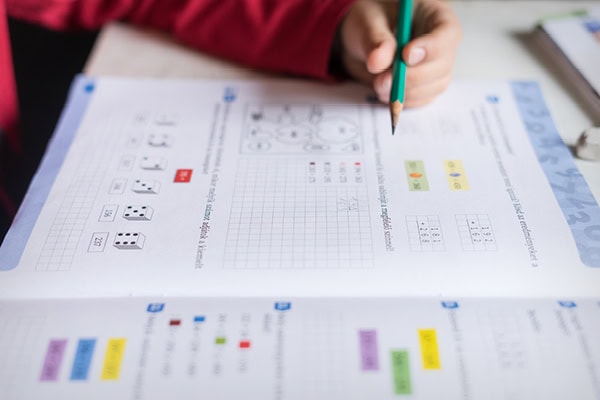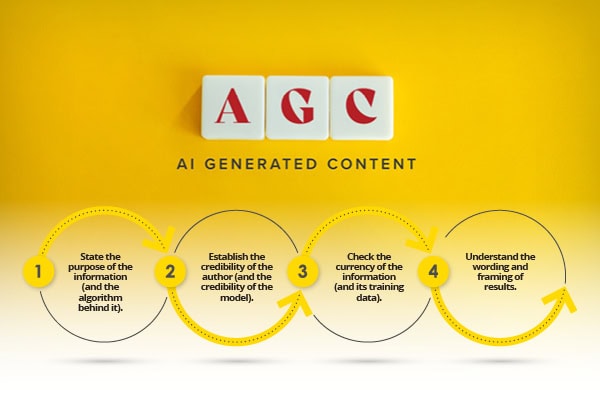A network of small public high schools in New York City is exploring whether artificial intelligence can change the way teachers receive feedback about their classroom instruction, according to Chalkbeat New York.
Urban Assembly, a network of 21 schools, is working with the American Institutes of Research to develop an AI-powered tool that can help instructional coaches analyze videos of teachers delivering lessons and offer feedback, according to network leaders.
Proponents say an AI-powered tool could save time for instructional coaches and expand access to feedback that improves the quality of teaching. But some teachers still have questions about how accurately the technology can capture subtle classroom interactions, how useful its data will be, and whether it will be skewed by biases.
Judy Cappuccio, a math teacher and instructional coach at Urban Assembly Institute of Math and Science for Young Women in Downtown Brooklyn, said she’s “open” to the idea of assistance from the AI tool, but has a “healthy amount of skepticism.”
“I would like to see it in action. It would take me some verification at first to trust it,” she said.
Several schools in Urban Assembly’s network are already part of a pilot where educators record themselves teaching and analyze the videos in detail with instructional coaches to improve their practice — a practice Urban Assembly CEO David Adams likened to athletes reviewing game tape.
The problem, Adams said, is that it can take the instructional coaches hours to review a single video, limiting the scale of the program. That means teachers aren’t getting enough feedback, and they’re getting it less often than they should be, he said.
That’s where the new AI-powered tool comes in. At the end of a two-year rollout, project leaders from the American Institutes of Research hope it will be able to measure things like how often students and the teacher are talking, laughing, and yelling, according to a proposal researchers submitted to Urban Assembly.
The tool will initially roll out to the 21 schools in the Urban Assembly network, though Adams hopes to eventually expand its use. It will cost around $500,000 to develop, test, and implement over two years, according to the network.
The tool will also be able to use “natural language processing,” a branch of AI that seeks to understand the meaning of language, to evaluate how “positive,” “respectful,” or “insulting” the teacher’s language is.
The tool won’t replace the instructional coaches but will save them time by pointing them to relevant sections of the video, producing audio transcripts, and quickly gathering data that would take humans hours to compile, Adams said.
Ultimately, the tool could enlarge the program and allow more teachers to benefit, Adams argued.
The tool won’t be used in an evaluative capacity and won’t be tied to performance reviews conducted by the school principal, he added. The program is meant to be supportive and highlight what teachers do well, not just where they need to improve, Adams said.
One downside: the AI-powered tool may miss out on meaningful moments from a classroom video that don’t fit cleanly into one of the categories it’s meant to track — moments an instructional coach would’ve caught if they’d been watching, said Soares, the principal of Urban Assembly Institute.
But that’s a worthwhile tradeoff if she can expand the number of teachers participating in the program, she said. “Yes, we might miss out on some of those moments,” she said. “But more people will get more things.”
Chalkbeat New York





